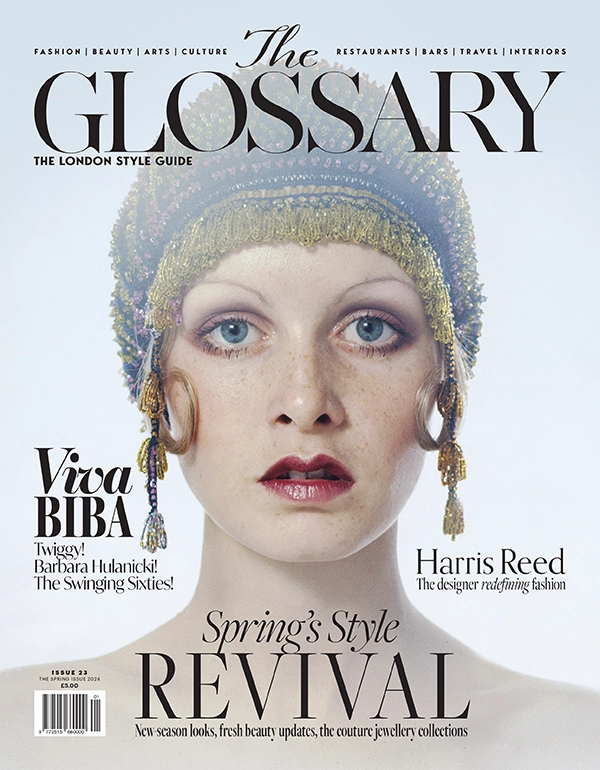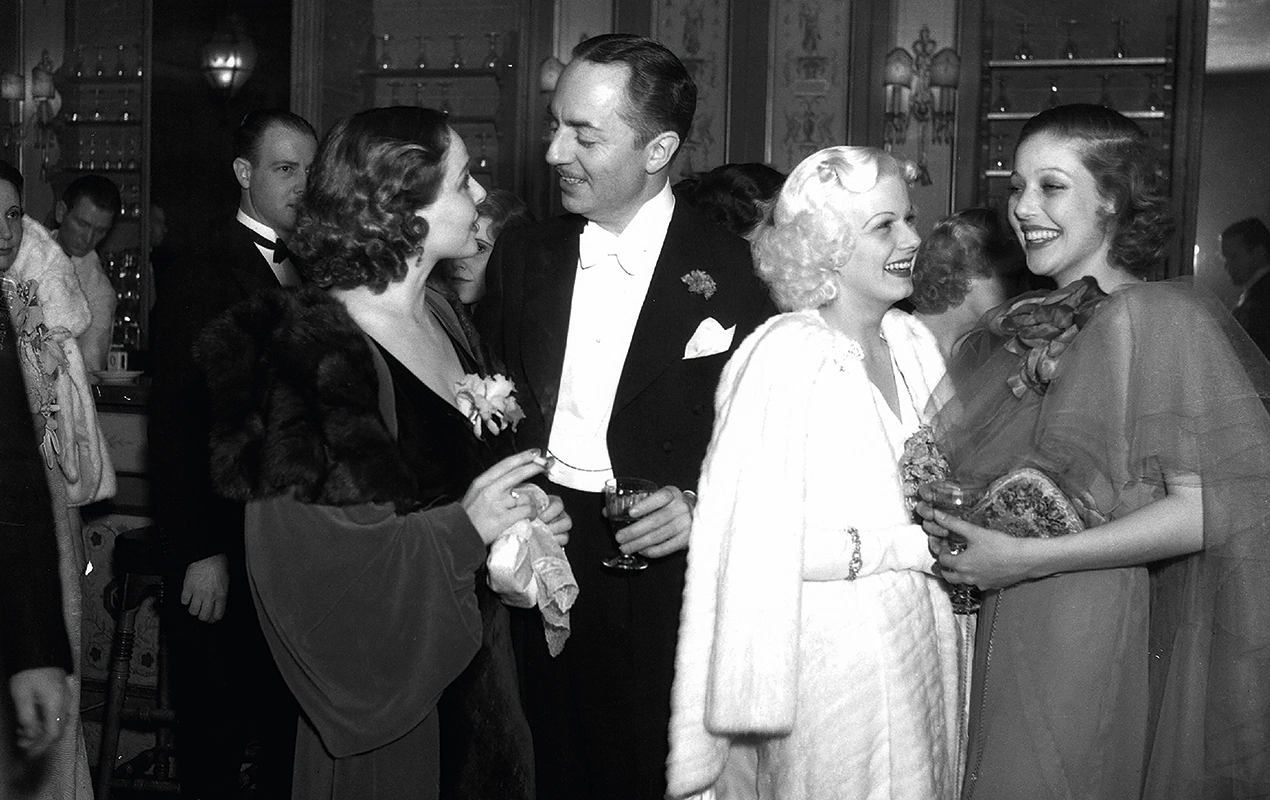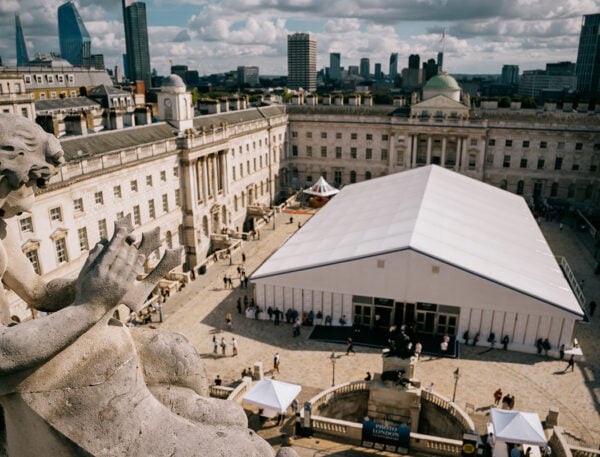On Sunday 12 March, all eyes will be on Hollywood as it hosts its 95th Academy Awards, and now a stylish new coffee table book, Red Carpet Oscars, has been released in its honour. For while the Oscars may be about celebrating great cinema, the awards are just as well known for the glorious fashion displayed on the red carpet. Whether it’s an ethereal couture gown, a vintage dress with a nod to sustainability or a head-turning outfit designed to convey a political message, what the stars choose to wear on the red carpet makes a statement. In this extract from Red Carpet Oscars, author Dijanna Mulhearn reveals the stories behind the event’s most famous looks.
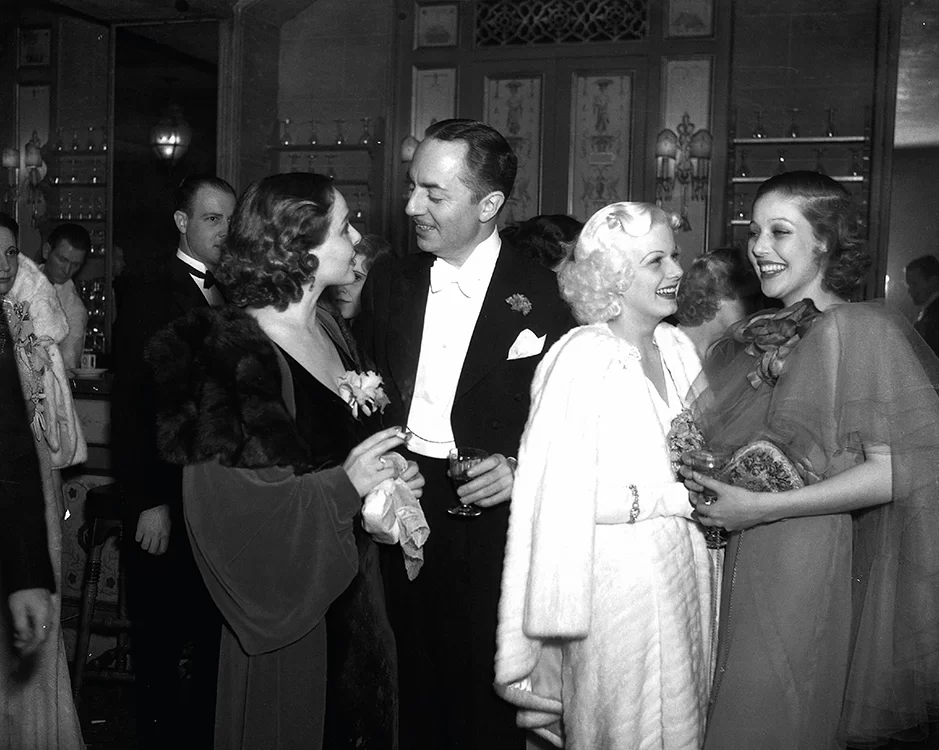 Pin
Pin No matter how arbitrary they seem, clothing choices intrinsically reflect something about the wearer and are especially poignant for those in the public eye. Fashion as communication has always been an integral part of the film industry, providing a visual shorthand that enhances a story and the nature of the characters within it, often amplifying visual characteristics to create a powerful impression. Outfits are meticulously and deliberately chosen to send a message that influences the viewer’s perception, and seasoned players know to treat the red carpet with the same exacting care, especially in front of a vast global audience.
1940
Hattie McDaniel, winner of Best Supporting Actress [for Gone with the Wind], and the first African American to receive an Oscar, was forced to enter the ‘whites only’ hotel by a different door and sit at a segregated table away from her co-stars. Shouting ‘Hallelujah’ when she heard her name, McDaniel stood proudly for all African Americans with gardenias (said to be a symbol of purity) entwined in her hair and cascading from the shoulder of the turquoise beaded jacket that matched her gown. Hollywood columnist Louella Parsons described her as ‘up to the queen’s taste’ as she delivered a heartfelt acceptance speech to rapturous applause.
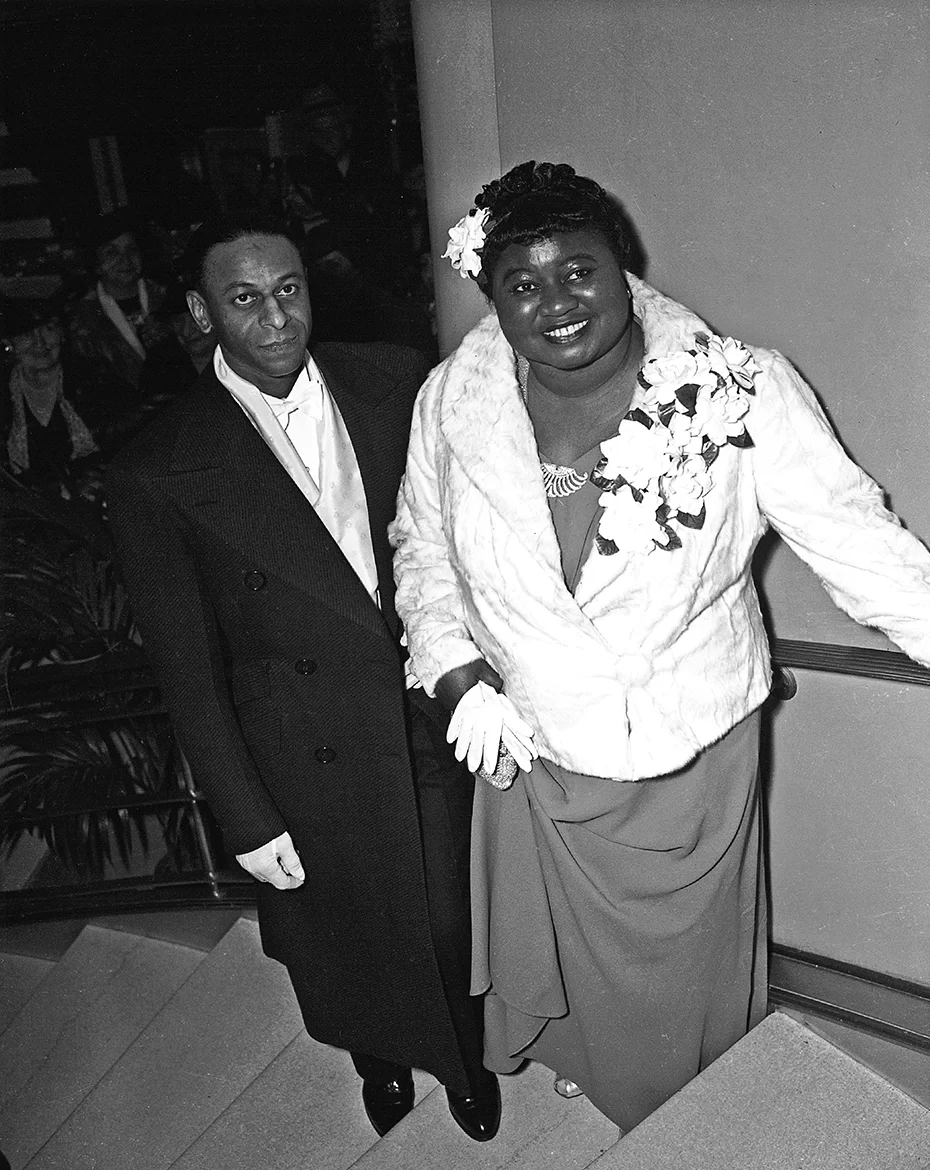 Pin
Pin FP Yober and Hattie McDaniel, 1940. Courtesy of abcdvdvideo.com
A successful red-carpet moment can catapult an actor into superstar status, propel a fashion label into a desired household name, result in lucrative commercial contracts and secure the next starring role. From Barbra Streisand’s diaphanous Scaasi pantsuit in 1969 to Cher’s jaw-dropping Bob Mackie ensemble of 1986, Uma Thurman’s ethereal Prada gown of 1995, Julia Roberts’s vintage Valentino in 2001 and Angelina Jolie’s leg-baring Versace dress of 2012, media coverage increases the public awareness of those in the limelight and producers look to cues of mass appeal when casting their next big hit.
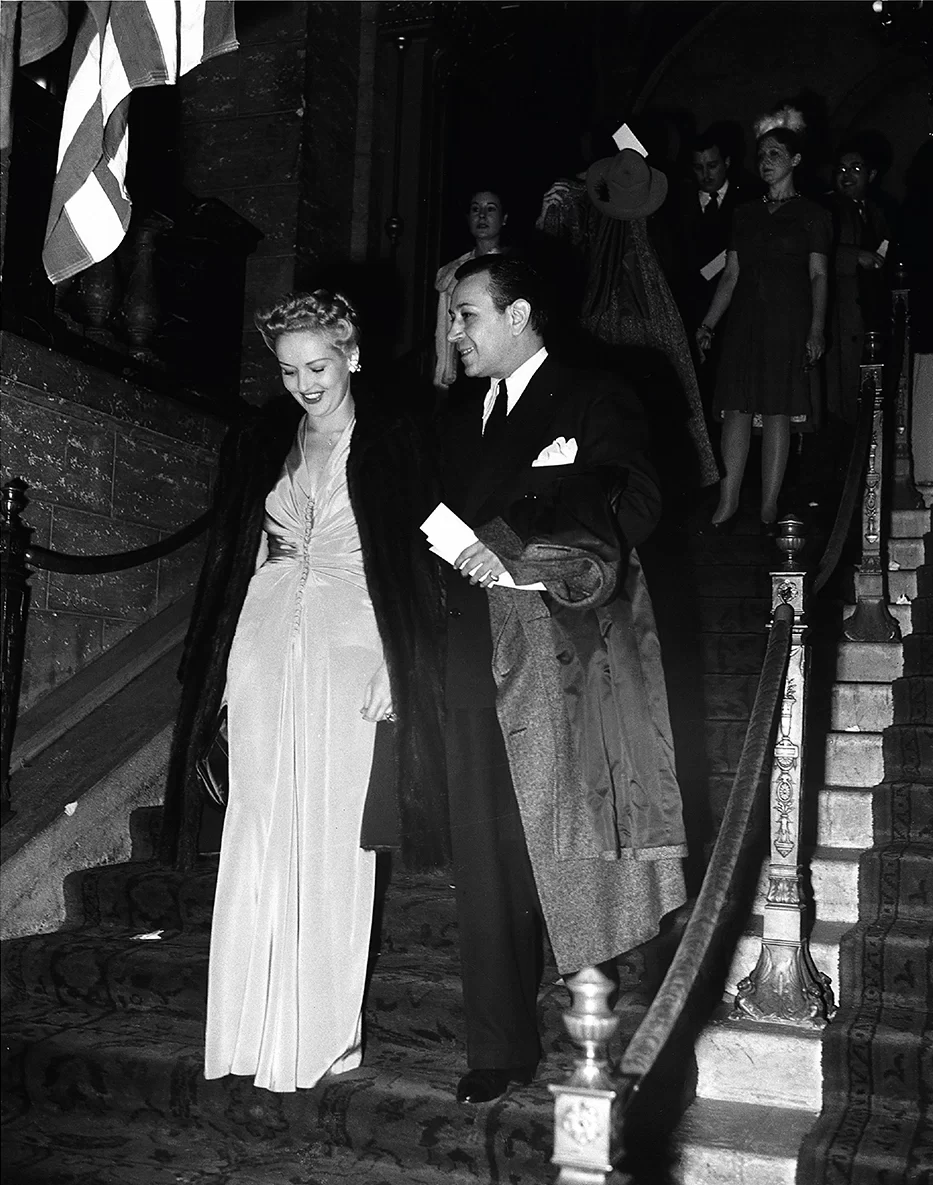 Pin
Pin However, there is a great deal more simmering beneath the glamorous image and commercial interests. The artistic expression inherent in the film industry cultivates the perfect vehicle to represent, reflect and challenge society, and the Oscars red carpet is the ultimate stage. Over the years the shapes, colours and textures of the outfits have demonstrated the zeitgeist of each era: the restraint necessary during The Great Depression and World War II in the 1930s and 1940s; and the frothy femininity of the 1950s, designed to demonstrate prosperity and re-establish gender roles following the war. The rebelliousness of Julie Christie’s youth-quake-inspired mini dress of 1967 shifted red-carpet fashion from privilege to personal expression, sparking a new generation of independent actresses who began to challenge traditional values and the dress codes that embodied them.
Relatively revealing outfits of the free-wheeling 1970s followed the examples set by Cher and found their way onto the red carpet; the ostentatious 1980s celebrated conspicuous success, while the fairytale marriage of Prince Charles and Lady Diana Spencer inspired a slew of red-carpet dresses mimicking the grandiosity of the new princess’s wedding gown. After a period of eclectic and often self-designed dresses by the leading stars, the rise of critical red-carpet commentary in the 1990s saw an influx of top-tier fashion designers and spawned the birth of the personal stylist.
1945
In her Oscar-winning year, Ingrid Bergman’s style remained unfussy. The only embellishment designer Howard Greer managed to talk her into was a double row of starburst buttons placed on plackets over a full-sleeve blouse,1 which in the political climate gave this prosaic look a somewhat military feel. The colourful embroidered cummerbund that Greer had made in a further attempt to jazz up the outfit seemed to have been discarded on the way to the venue. Although Greer was disappointed, saying Bergman’s idea of fashion was a ‘glorified peasant costume’, Bergman’s natural radiance added charisma to a no-frills style that was achievable for a war-weary public. Within a few short years, her natural girl-next-door image would see her become the most popular female star in Hollywood. At a time when subdued gowns were the tasteful choice, hats and headwear became a popular way to express individuality. These were often creatively crafted from scraps of material a designer might otherwise have discarded. Jennifer Jones adopted the trend, making a bold statement at the awards with a flower-topped fascinator, while her suit was strikingly similar to the one she wore the previous year.
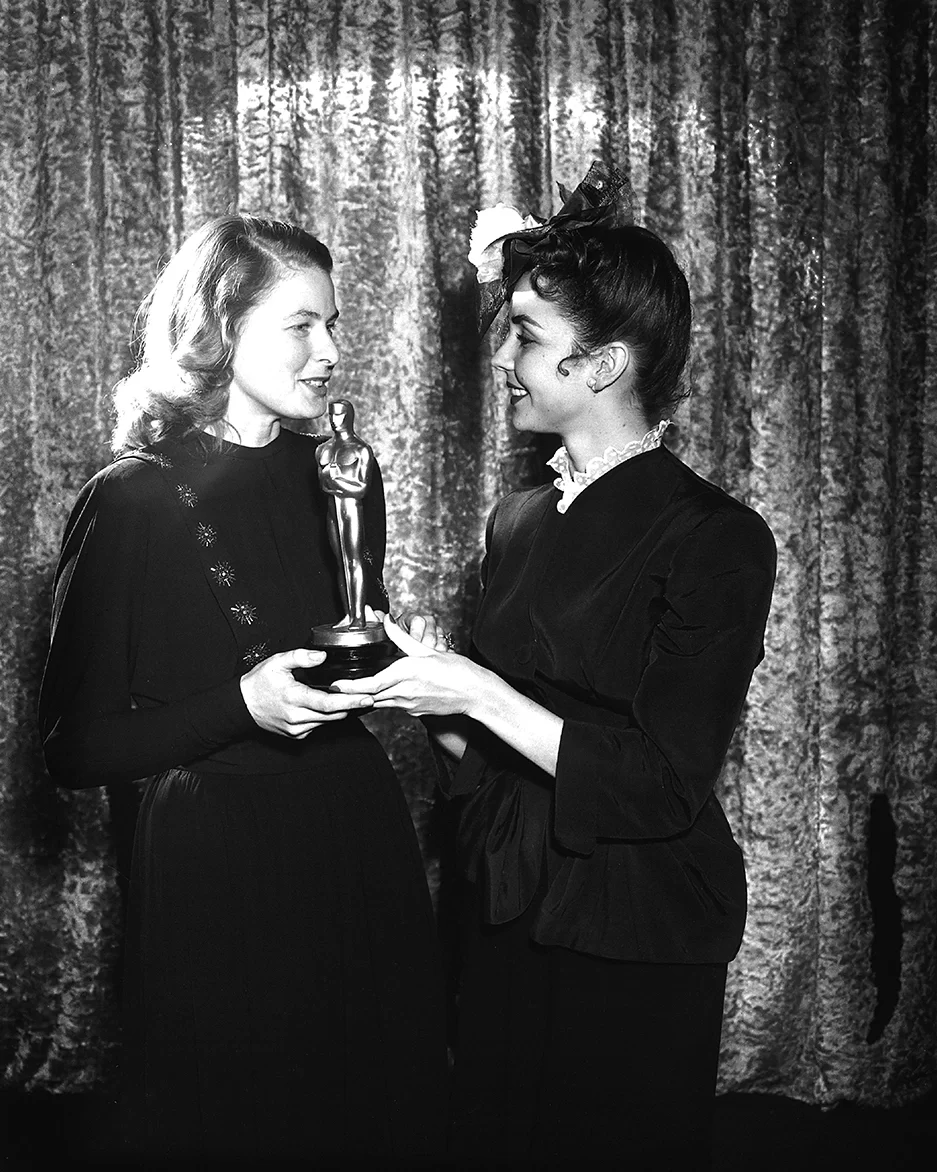 Pin
Pin Ingrid Bergman and Jennifer Jones, 1945. Courtesy of abcdvdvideo.com
By the dawn of the new millennium, a symbiotic relationship had formed between stars on the red carpet and fashion houses. The enormous marketing value of a successful red-carpet appearance saw global brands tap in and many designers began snapping up young stars as brand ambassadors to ensure loyalty. Gowns were reliably tasteful, with a few notable exceptions that challenged the definition of red-carpet dressing. Celine Dion’s backwards Christian Dior tuxedo in 1999, Bjork’s swan dress by Marjan Pejoski in 2001 and Gwyneth Paltrow’s 2002 dress by Alexander McQueen all delivered a new approach and paved the way for formal fashion to take a turn toward the avant-garde.
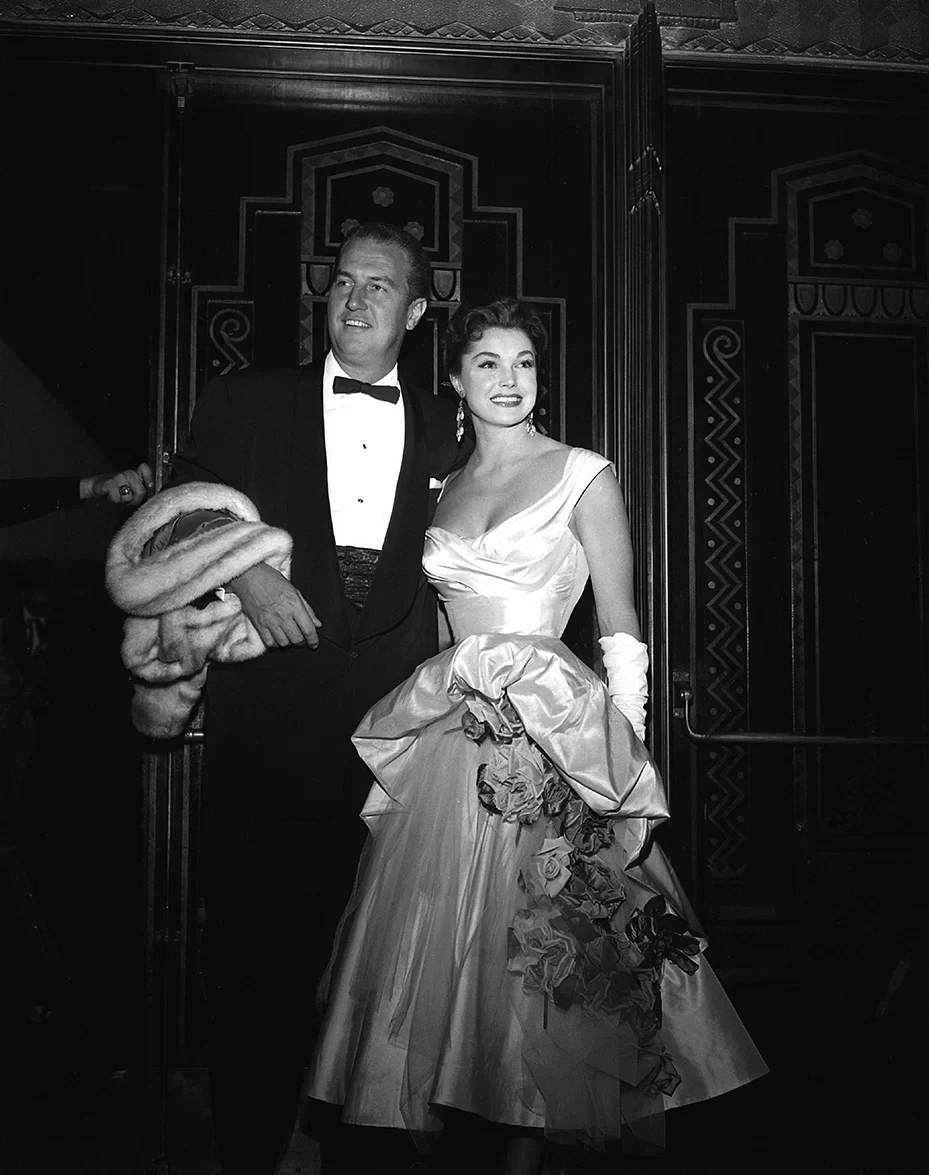 Pin
Pin As each decade progressed classic shapes shifted to a modern silhouette infused with defiant sartorial statements, with accessory trends – from the traditional floral corsage, white gloves or tiara to the red ribbon or statement pin – adding to the narrative. By 2020 style with substance reigned as stars celebrated the creative evolution of designer fashion, pushed traditional gender boundaries and weaved strong social or political statements into their look. In that year Natalie Portman’s Christian Dior cape paid homage to overlooked female directors, and Saoirse Ronan’s Gucci gown incorporated leftover fabric from another gown to promote waste reduction. In collaboration with designer Stella McCartney, Joaquin Phoenix deliberately wore the same outfit throughout the award season as a bid for sustainability and environmental awareness.
1958
Suddenly, sleeker lines felt more modern, with sharper shapes depicting an independent strength against the flowing volume of more romantic gowns. Floral bunches now seemed dusty in the wake of striking beaded embellishment and glittering reptilian skins. Many embraced body-hugging forms that reflected the evolution from the ultra-feminine homemaker in her ball gown to the dynamic woman taking charge with no excuses. With increased public attention on costume designers like Paramount’s Edith Head and MGM’s Helen Rose it seemed that some of Hollywood’s stars were not immune to the temptation of creating their own fashion masterpiece. Two such budding designers came in the form of Best Actress winner Joanne Woodward and British actress Joan Collins. Woodward’s strapless gown and matching opera coat pared back the classic 1950s formal silhouette and gave it depth in a rich emerald-green satin stamped with embroidered floral motifs. Woodward bought the fabric herself and worked up the outfit on a domestic sewing machine. It’s claimed she wept after receiving her prize in a homemade gown, perhaps after hearing mega-star Joan Crawford’s quip that Woodward was ‘setting the cause of Hollywood glamour back by twenty years by making her own clothes’. Yet it was the simplicity of her gown’s design and its lush jewel tone that seemed to instantly date the customary regalia that paraded around her.
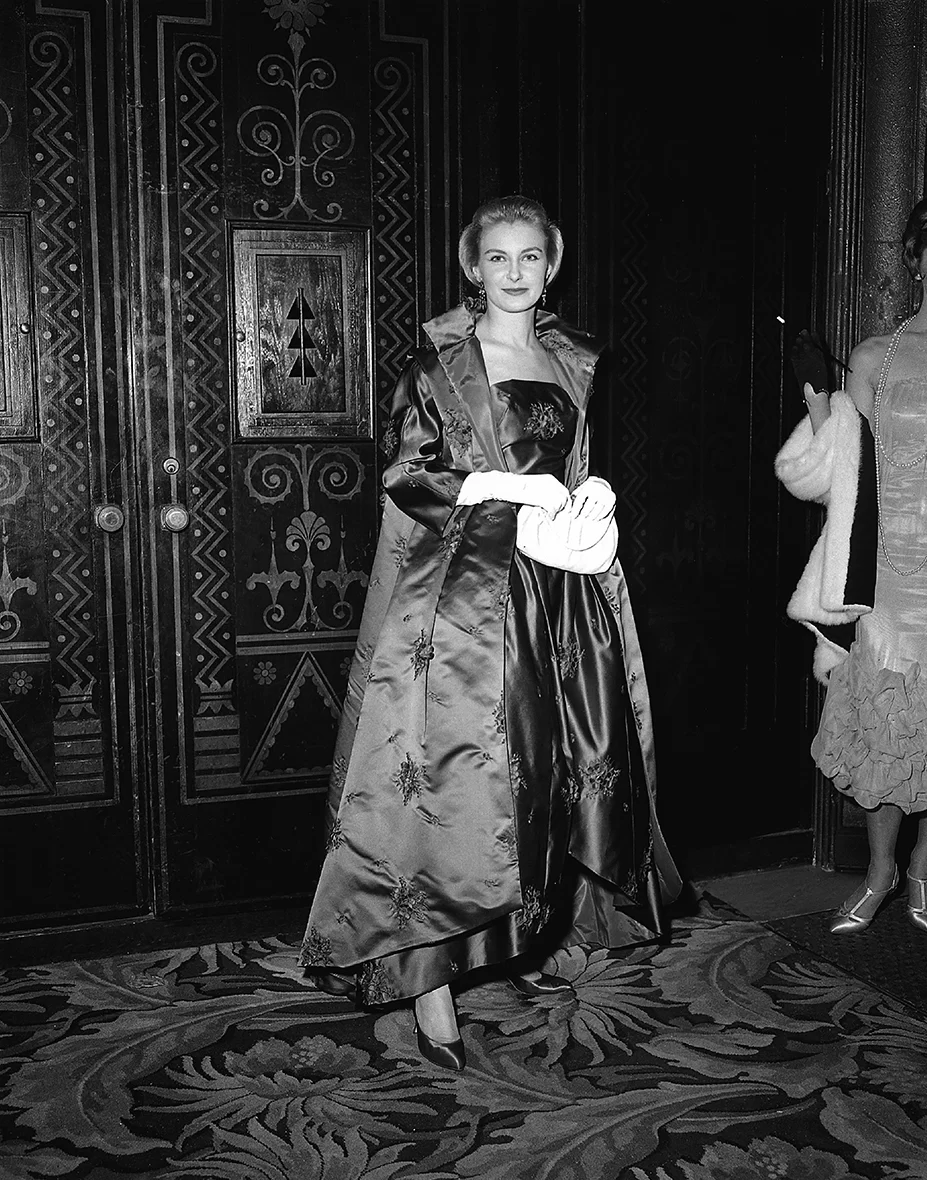 Pin
Pin Joanne Woodward, 1958. Courtesy of abcdvdvideo.com
The original heroes of Hollywood fashion were the costume designers contracted to the biggest film studios. In its early years, the film industry was controlled by the studio system, which employed talented designers like the iconic Adrian, Howard Greer, Travis Banton, Helen Rose and of course Edith Head (who would go on to win eight Oscars and become a celebrity in her own right). Drawing on fact and fantasy to create entirely new, amplified yet believable characters, costume designers were able to fabricate personalities that the audience could relate to and look to for inspiration. They created gowns that at once embodied the studio image, on-screen character and personal taste of their leading actresses.
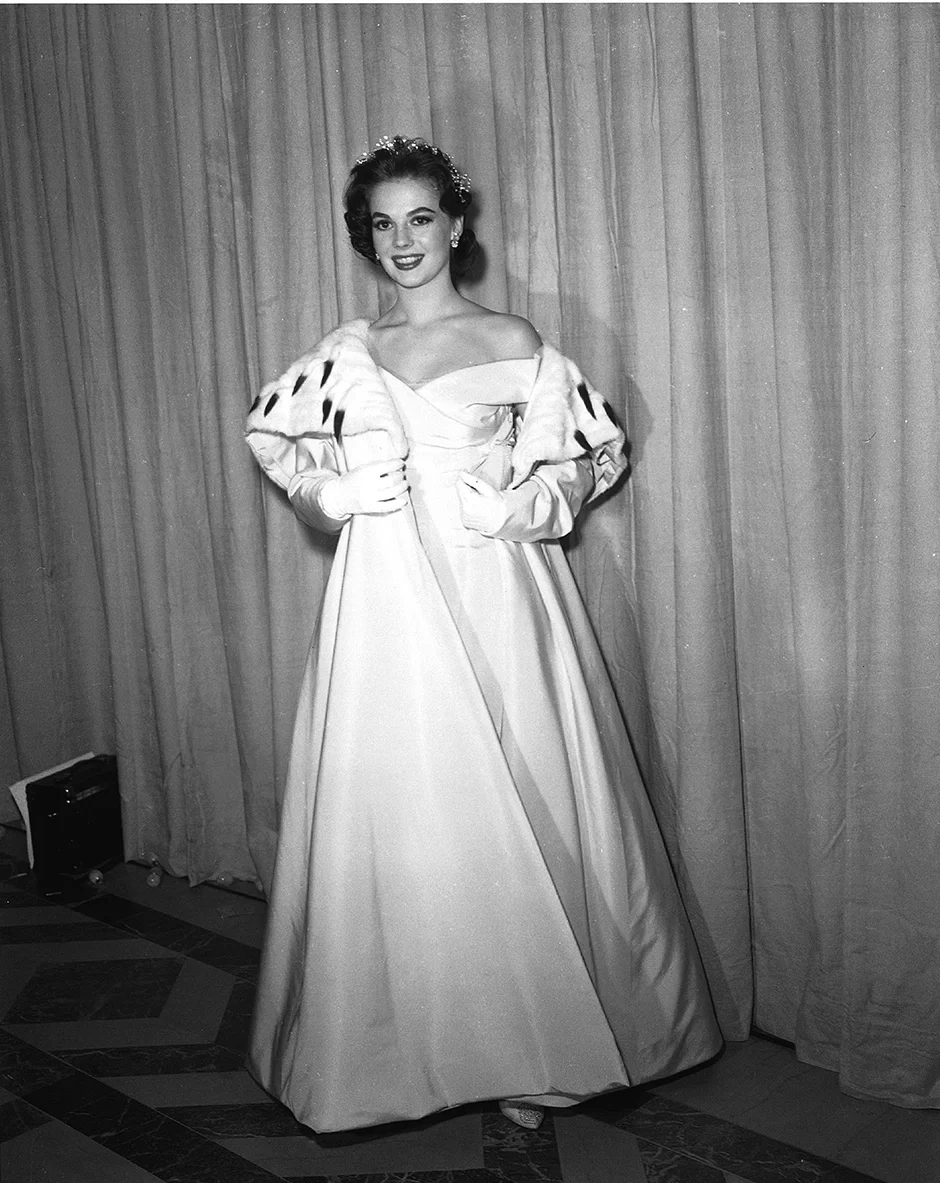 Pin
Pin Christian Dior and Hubert de Givenchy were amongst the earliest European fashion designers to understand the potency of the Oscars red carpet, dressing Marlene Dietrich and Audrey Hepburn, respectively, and working with them to craft their iconic style status. By the 1960s Hollywood’s studio system was crumbling, taking with it the availability of the costume designers and subsidised red-carpet outfits, along with their expertise in the subliminal power of clothing. Stars turned to the fashion industry for help and as a result more American and European designers, like Halston and Valentino, found their way onto the Oscars red carpet. Independent costume designers continued to collaborate with stars for their red-carpet ensembles, most notably Bob Mackie and Cher who through the 1970s and 1980s would push boundaries and dominate headlines.
1986
The most jaw-dropping appearance of this or any other event belonged to Cher. Her red-carpet style had always been highly anticipated, but this year’s revealing Native American meets punk meets show girl creation by iconic American designer Bob Mackie topped them all. Deeply disappointed the Academy had not acknowledged her performance in Mask, a role for which she had received the 1985 Cannes Film Festival Award for Best Actress, Cher wanted to prove she still had it at forty, and instructed Mackie to go wild with a design that would make her impossible to ignore. Mackie tapped into her flair for the extravagant and penchant for baring her midriff with a creation that featured a striking feather headdress, beads, jet crystals, velvet, satin, lycra and cashmere. At one point, even Mackie suggested the design might be ‘too much’ but Cher was determined and the outfit became one of her favourites. When asked why the outfit was black from head to toe Mackie disclosed that the choice was Cher’s, having been influenced by the ‘antifashion’ movement of Japanese conceptual designers, which evoked a modern yet rebellious Bohemian spirit. Although Cher had always been popular for her personal kitsch, this moment sizzled with such intensity that she was not only the talk of the town, she and Best Supporting Actor Don Ameche featured on magazine and newspaper covers across the nation – an achievement Ameche later thanked Cher for. Having stolen the spotlight Cher eclipsed every other star at the ceremony and her ensemble continues to be regarded as one of the most iconic Oscar outfits of all time.
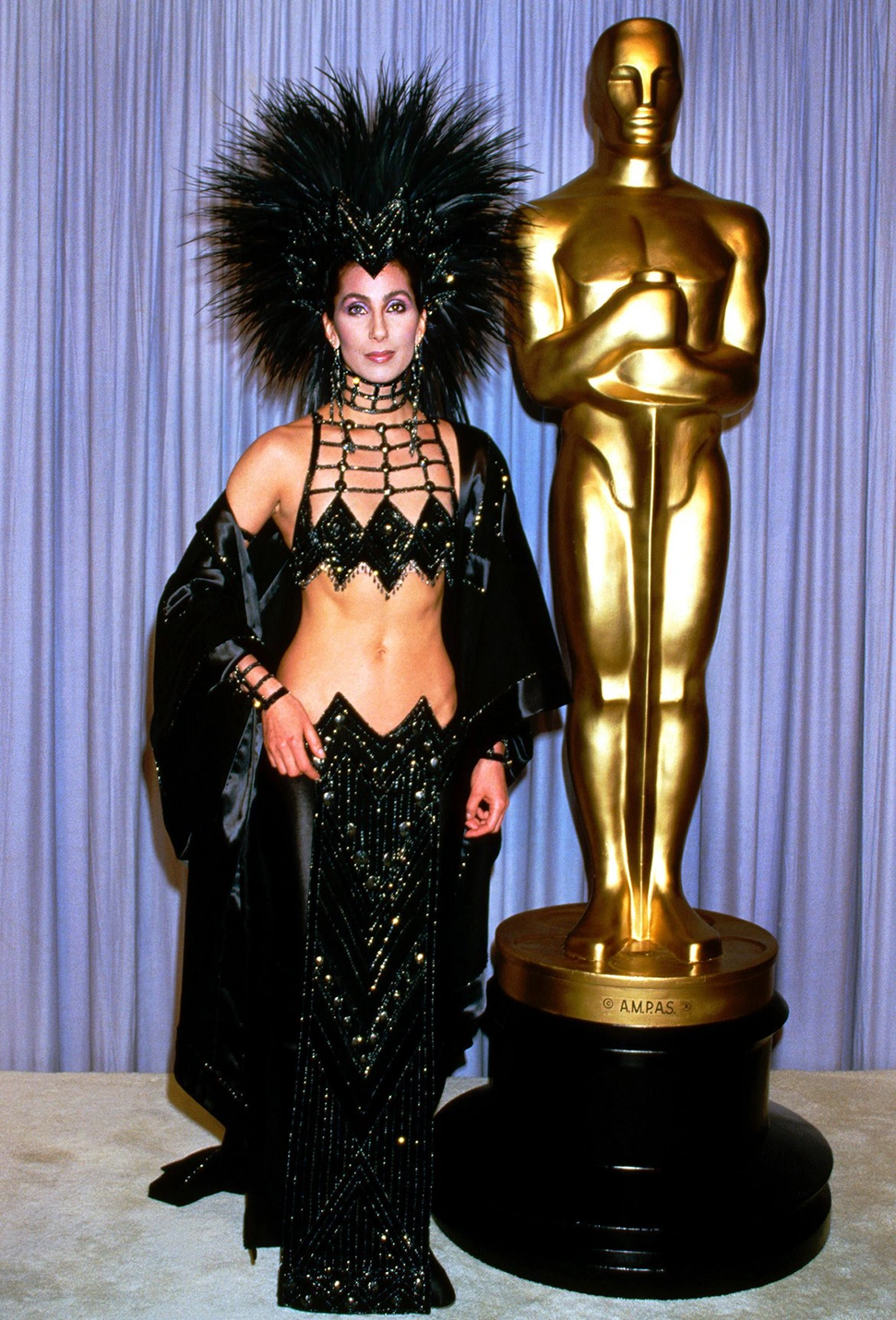 Pin
Pin Cher in Bob Mackie, 1986. Courtesy of Alamy
A genuine fan of American film, Italian designer Giorgio Armani understood the power of fashion in crafting an elegant image. In 1988 Armani created the position of point person for Wanda McDaniel, the well-connected former columnist and wife of producer Albert S Ruddy, who had easy access to Hollywood’s biggest stars. McDaniel facilitated the loan of Giorgio Armani gowns to actresses he admired. This, along with Armani’s new understated aesthetic, saw the brand revolutionise red-carpet fashion. It instantly became the shorthand for star style, and Mr Armani’s endorsement enabled savvy newcomers (like Salma Hayek in 1997) to elevate their own status.
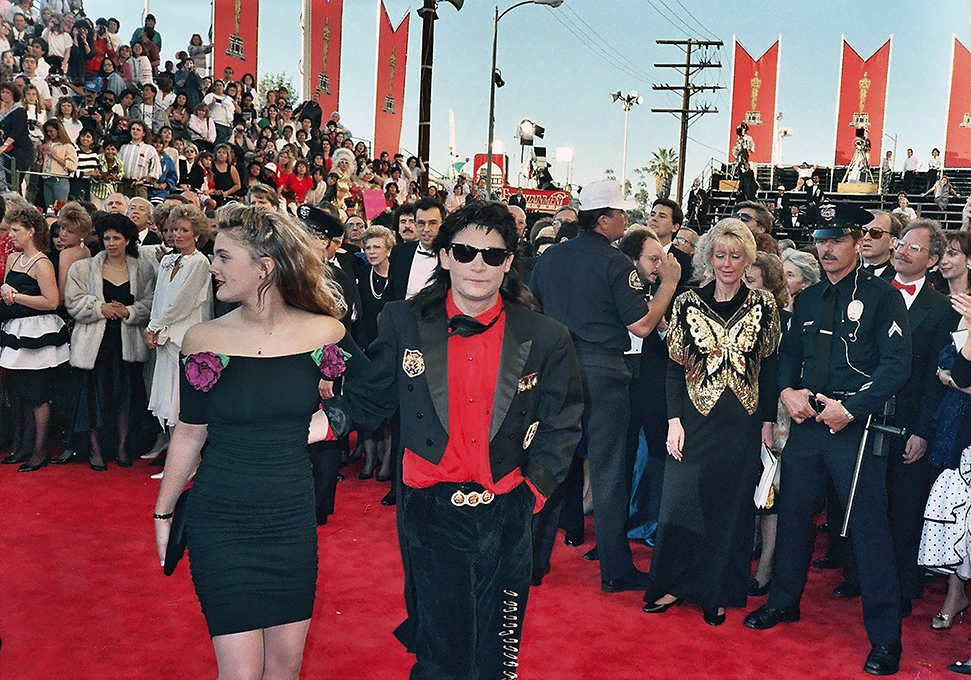 Pin
Pin Other designers were quick to follow and through the Oscars red carpet the cult of the designer gown swiftly reached the masses. By the 1990s Europe’s top designers Giorgio Armani, Valentino Garavani, Gianni Versace and Karl Lagerfeld for Chanel led the charge, developing relationships with stars whose image aligned with their labels and ensuring they dominated the best-dressed lists. And leading American designers like Ralph Lauren and Vera Wang were not left behind.
By the designer-driven new millennium the majority (though not all) of the red-carpet arrangements involved transactions of some kind, whether as a brand ambassador or a one-off remuneration for a red-carpet appearance, and most expressions of personal taste were trumped by the designer’s narrative. This resulted in a universally graceful decade on the red carpet, punctuated only by head-turning outfits on artists like Bjork and Cher, or reigning red-carpet queen Cate Blanchett, whose considered choices stood in marked contrast to more commercial gowns.
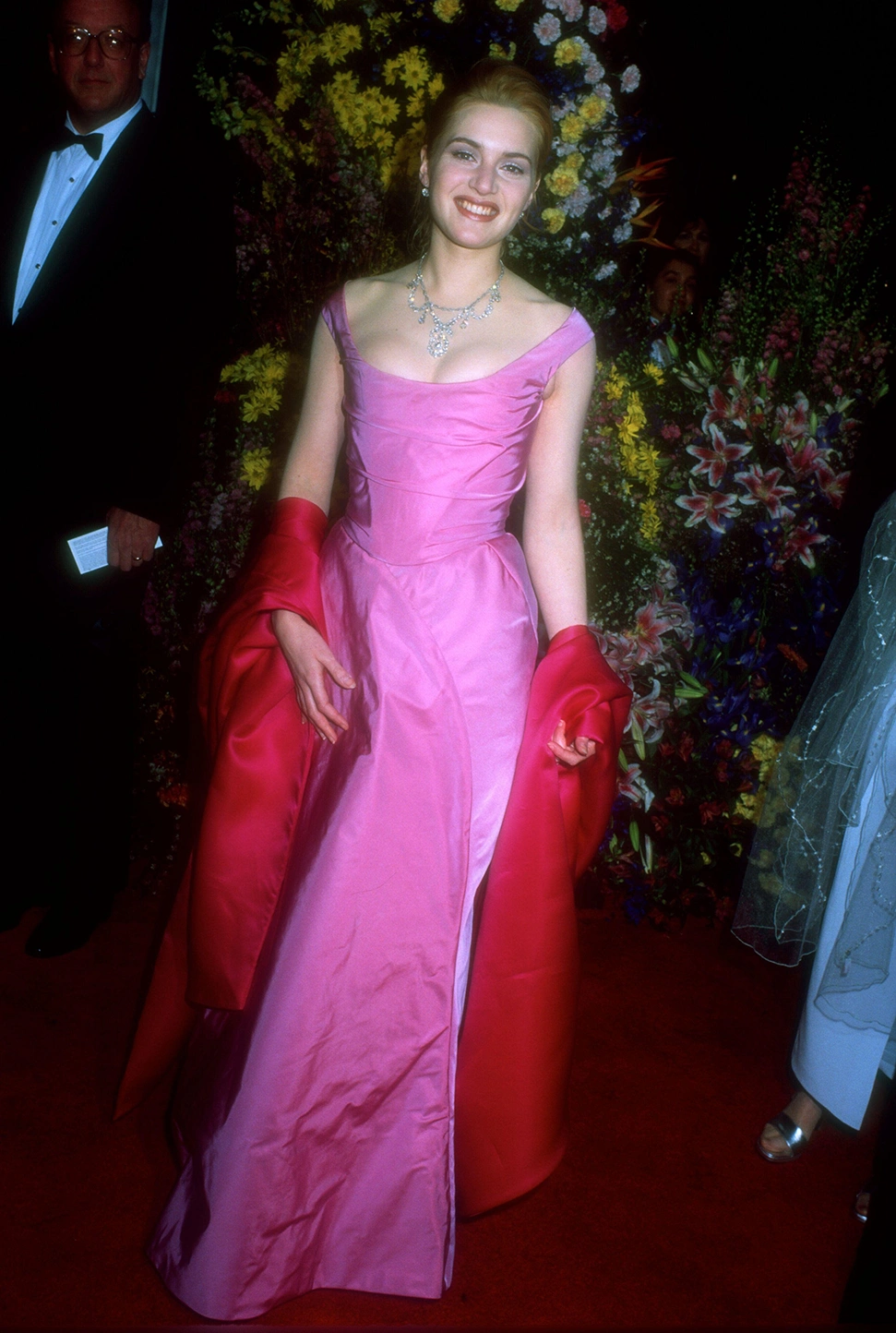 Pin
Pin By 2010 a turn toward more avant-garde styles resulted in an oscillation between embracing tradition and experimental fashion. Players continued to use the Oscars platform to deliver social messages, now combined with the amplification provided by social media platforms promoting serious campaigns, such as #AskHerMore, #OscarsSoWhite, #MeToo and Time’s Up. This, along with the growing trend for men to experiment with alternative styles in a way not seen since the 1970s, would define the following decade. Billy Porter’s gender-bending Christian Siriano tuxedo gown from the 2019 ceremony was particularly notable and nothing short of ground-breaking.
2019
This year’s theme was inclusivity and the red carpet was awash with bold statements that went beyond the boundaries of gender and sexuality. Directional fashion was embraced as a way to support diversity, challenge perceptions and demand acceptance. This led to a bold new fashion movement that shattered traditional red-carpet rules. A chance meeting with American designer Christian Siriano inspired Billy Porter to take a stand in a tuxedo gown that embraced the gender fluidity dominating the social agenda. It was a risky move that avoided stunt status through Siriano’s precise execution and Porter’s defiant delivery. The velvet jacket, white shirt and black bow tie typical of the traditional distinguished gentleman were seamlessly combined with a classically feminine silhouette. The sweeping skirt of the strapless velvet gown commanded space and attention and expressed freedom of movement. Its Victorian hue gave it a gravity that defied ridicule. It was ‘a walking piece of political art’ that sought tolerance and said, ‘I am not a drag queen, I’m a man in a dress’.
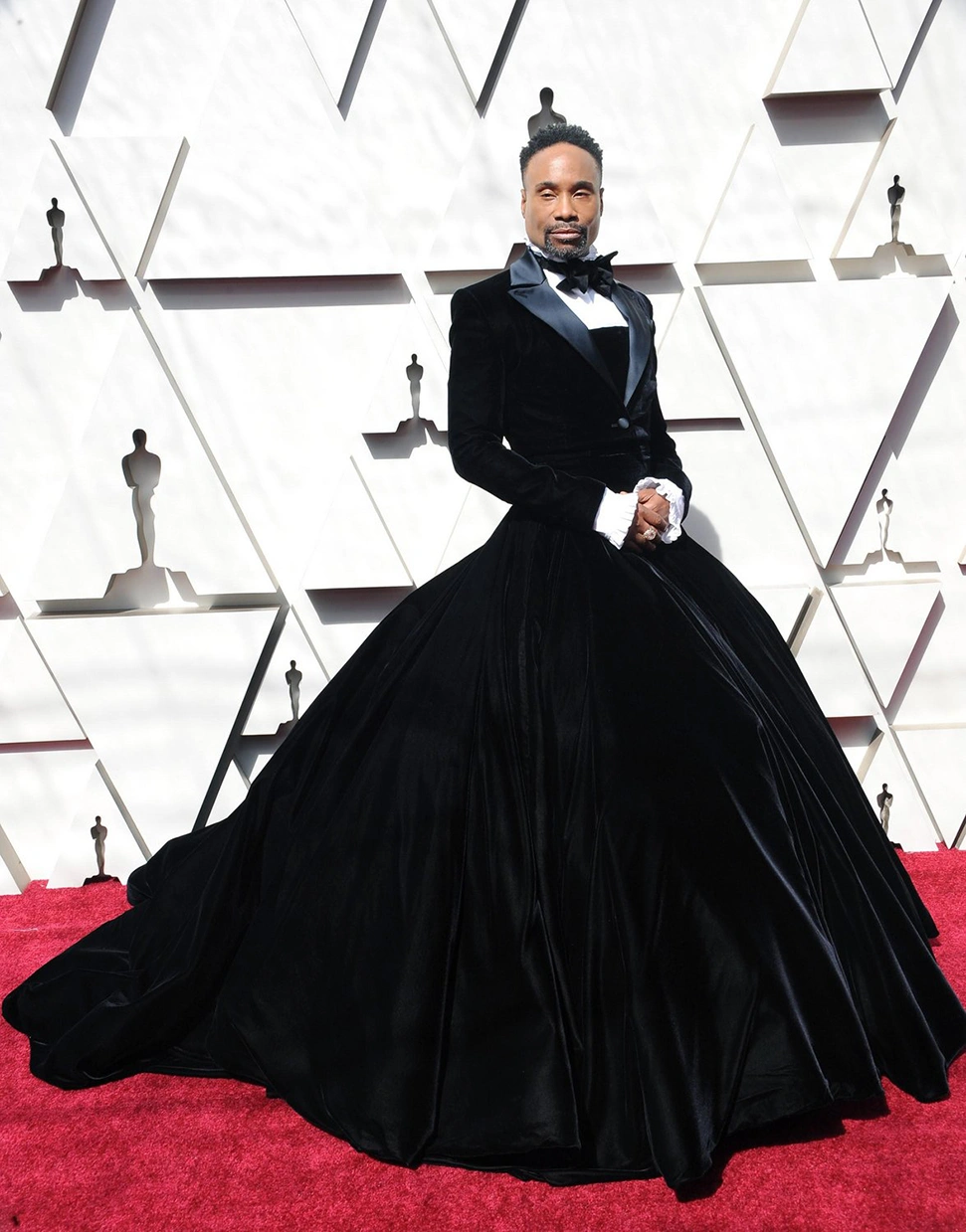 Pin
Pin Billy Porter in Christian Siriano, 2019. Courtesy of Alamy
Communication through clothing is a potent visceral language. Whether a shock of skin or a flourish of fabric, a stunningly crafted gown, a striking pose or a surprising twist, a single moment on the red carpet and the millions of images shared as a result can and does impact on the opportunities for stars and designers alike. In researching Red Carpet Oscars, its stories began to illustrate the evolution of fashion and society in the Western world through the images of its most popular icons: Hollywood stars.
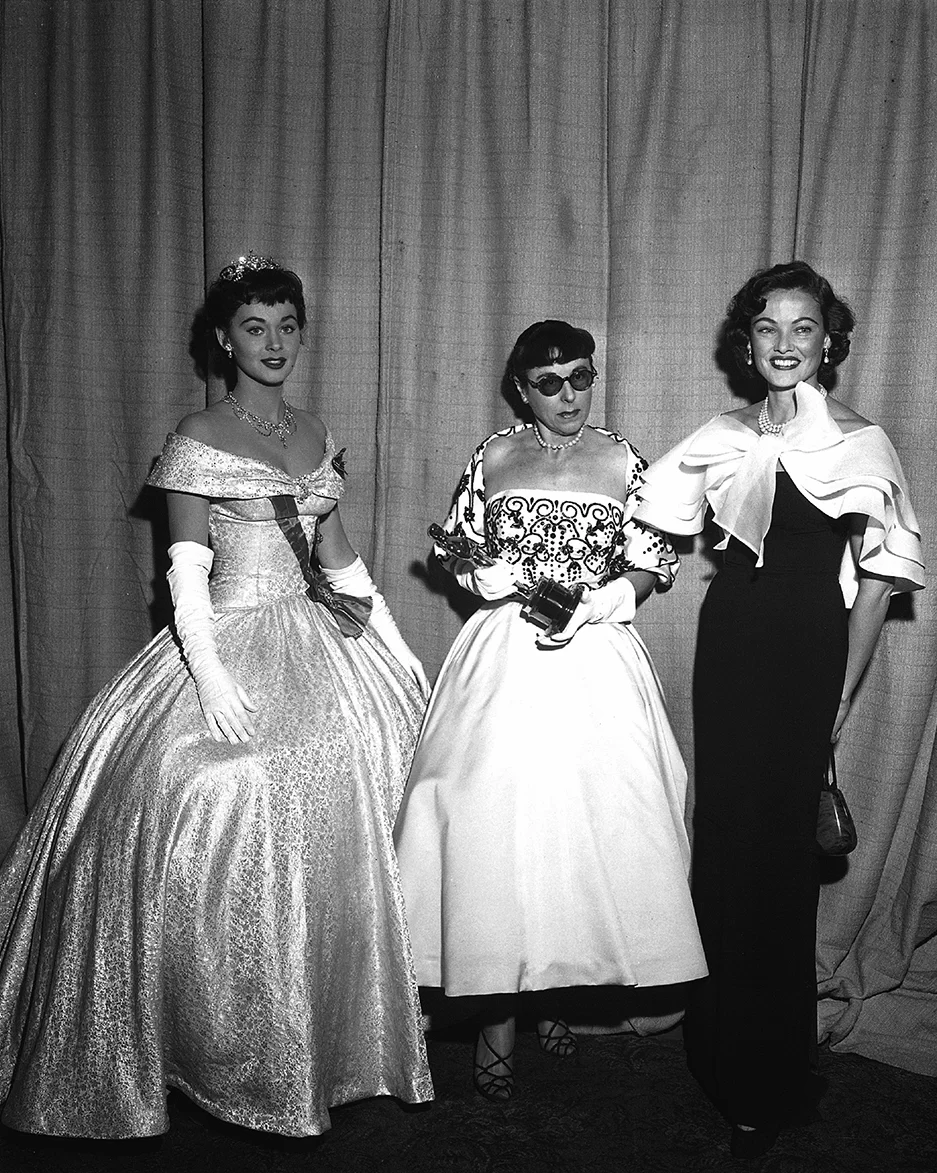 Pin
Pin The Oscars red carpet distils all the magic of the film industry into one event. For the players it serves as a celebration of artistic achievement, a publicity tool and a meeting point for the industry. For the public it delights, informs and inspires the audience and creates an escape that feels tangible. It reflects so many facets of the human condition, addresses social issues that unite and divide, pushes boundaries for acceptance and for evolution, raises awareness of social injustices and heralds the winds of change. Some may see it as nothing more than a parade of gorgeous gowns on beautiful people; however, over almost a century Red Carpet Oscars shows there is a subtext at play that influences our perception. There is so much more to red-carpet fashion than meets the eye.
This is an extract from ‘Red Carpet Oscars’ by Dijanna Mulhearn, published by Thames & Hudson (£50), which is out now
